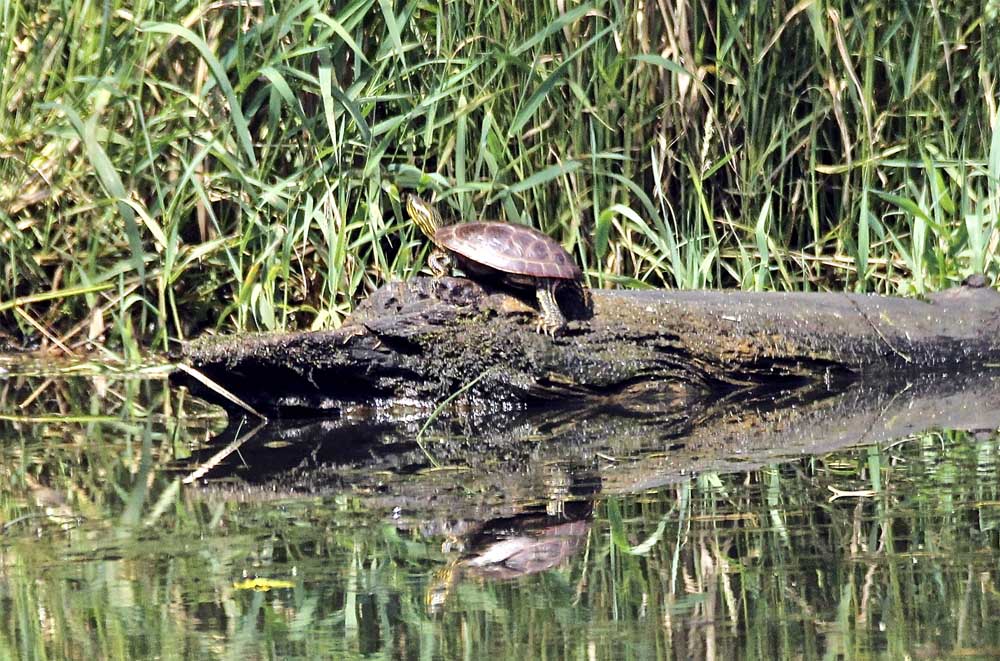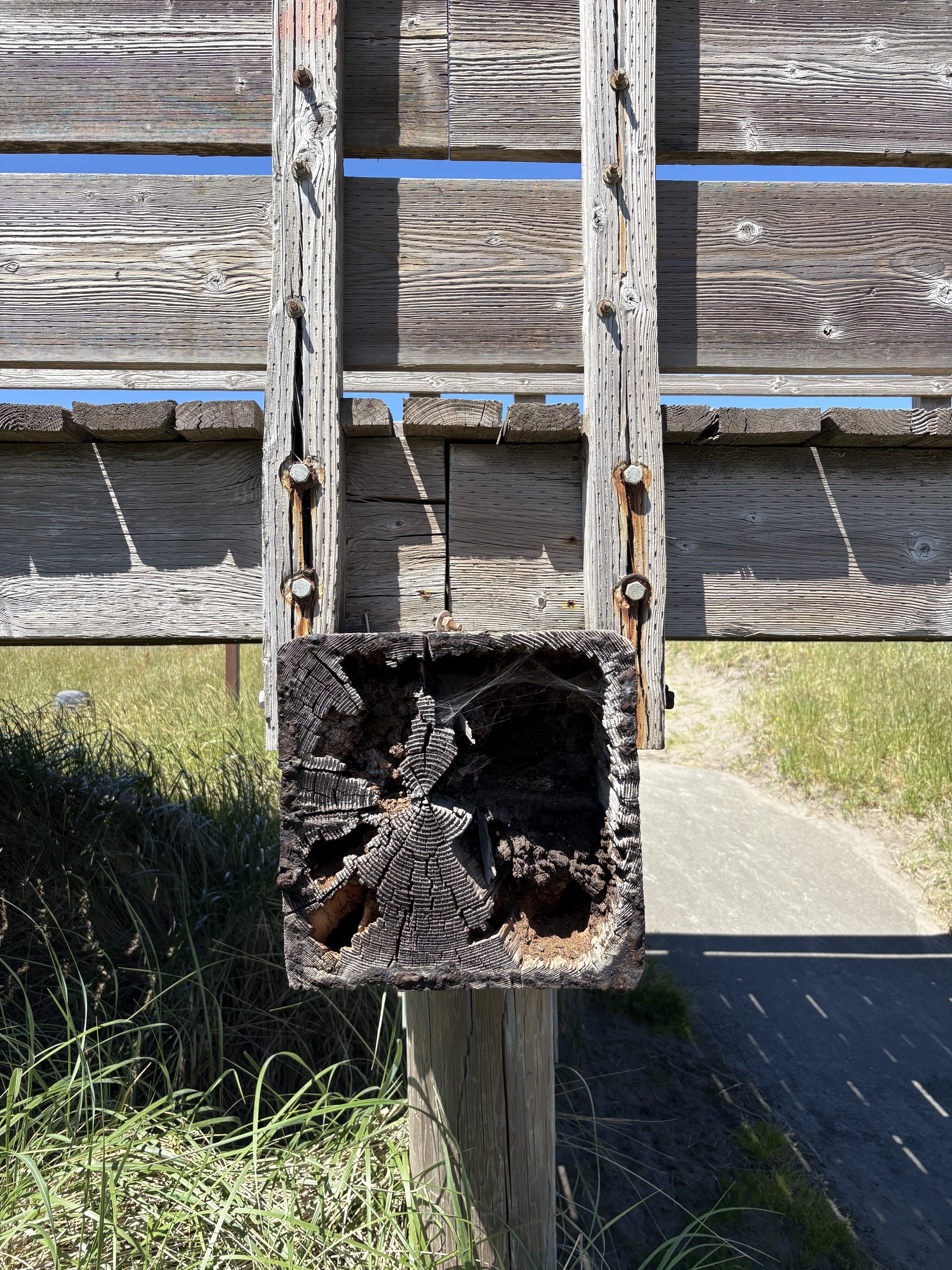Marine life begins annual summer spectacle
Published 1:14 pm Monday, July 27, 2020

- A turtle suns itself in the Chinook River Valley.
PACIFIC COUNTY — From a vast flock of brown pelicans that congregates near Fort Columbia to swirling clouds of seabirds above the Columbia River plume, there are ample signs in the air of what’s present below the water’s surface: Migrating schools of nutritious bait fish.
Trending
July, August and September usually see a surge of marine life in the Columbia River estuary and the adjoining ocean. Starting near the base of the food chain with little species like anchovies, this natural cycle continues all the way up to whales.
Thanks to frequent sightings inside the river and just offshore, in the past decade humpback whales have become our most celebrated local species. Unlike common gray whales that consume benthic crustaceans by turning on their sides and scooping up sediments from the sea floor, humpbacks mostly eat small schooling fish.
This Sunday, July 26, numerous birds darting into the ocean off North Head and North Jetty indicated the presence of these fish. Spouts or blows — the energetic exhalations of whales — revealed the presence of humpbacks, attracted by the same food source. There have been other reports of whale sightings the past couple weeks from Surfside south to Tillamook Head.
Trending
Wildlife photographer Jane Winckler Webb practices patient waiting and is often rewarded with whale sightings that elude others.
“Sunday was a great whale-watching day from North Head Lighthouse,” she said. “I started at 8 a.m. and watched until 1 p.m., with two to five whales at a time. Getting a good photo is another story — it’s like a game ‘wack the whale,’ similar to wack-a-mole. You don’t know where they will pop up.”
Later Sunday, looking for something more stationary, Webb checked out a pond on Chinook Valley Road, and recorded a sedentary turtle sunning itself on a log.









